Your search for "dix" matched 12 page(s).
Showing results 1 to 10.
-
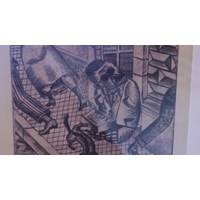 Otto Dix (2min 39sec)
Otto Dix (2min 39sec)
Dix had returned from the war for less than 2 years when he made this etching entitled 'Match Seller' which is discussed here, one of a series called 5 Radierungen (5 Etchings), which show groups of disabled ex-soldiers, often with devastating…
-
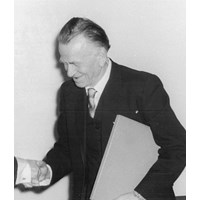 Otto Dix
Otto Dix
Otto Dix (1891-1969) studied in Dresden from 1910-1914 and was a painter of wall-decorations until he taught himself painting. Like many artists, Dix was initially enthusiastic when the First World War broke out and was a soldier throughout the war.…
-
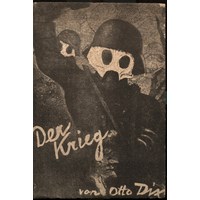 The War *
The War *
Original Title Der Krieg Year of Production 1924 Artist Otto Dix, printed by Karl Nierendorf. Medium Book Materials Paper, ink Dimensions height: 26.2 cm; width: 18.2 cm; depth 0.7cm Credit Line Gift of Michael Brooks Copyright © DACS…
-
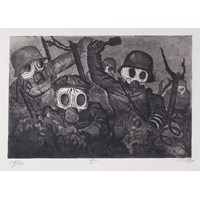 Stormtroopers Advancing Under Gas
Stormtroopers Advancing Under Gas
This is Plate 12 from the series of 50 entitled War, published by Karl Nierendorf in 1924. War is Dix’s best-known printed work, in which he depicted the horror of WWI as he had experienced it. Dix had made over 600 drawings while serving as a…
-
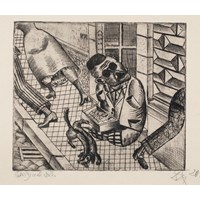 Match Seller
Match Seller
Artist proof. Before he printed the main edition of a print, Dix would usually create 2 or 3 ‘proofs’, to check the detail and appearance of the print was to his liking. Dix had returned from the war for less than 2 years when he made this etching,…
-
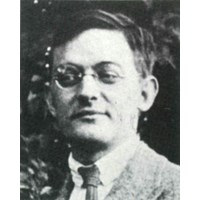 Conrad Felixmüller
Conrad Felixmüller
Conrad Felixmüller (1897-1977) was born in Dresden, where he also studied. In 1915 he met Ludwig Meidner, with whom he shared a studio in Berlin, and in 1916 he and Lyonel Feininger exhibited in Herwarth Walden’s Gallery der Sturm. He served as a…
-
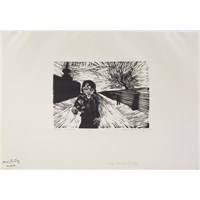 Hans Grundig
Hans Grundig
Hans Grundig was born on 19th February, 1901 in Dresden, Germany and died on 11th September, 1958 in Berlin. Grundig studied 1920 - 1921 at the Dresden School of Arts and Crafts. He went on to study at the Dresden Academy from 1922 - 1923. During…
-
 Neue Sachlichkeit (New Objectivity)
Neue Sachlichkeit (New Objectivity)
These artists felt that Germany’s defeat in the First World War and the social, political and economic crises of the Weimar Republic (1919-1933) left no place for the early Expressionists’ utopian vision of life. This was replaced by a detached…
-
 Trevor Thomas (1907 – 1993)
Trevor Thomas (1907 – 1993)
Born in Ynsddu, Gwent on June 8th, 1907 into a South Wales colliery family, Trevor Thomas showed a talent for singing as a boy, winning prizes at the Eisteddfods, and he continued to sing through most of his adult life despite being partially…
-
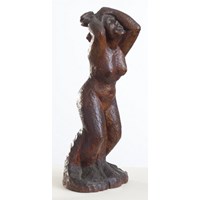 Margarete Klopfleisch
Margarete Klopfleisch
Sculptor, painter, draughtsman and printmaker, Margarete Klopfleisch (née Grossner) was born in Dresden in 1911. War, and the catastrophic economic problems which followed, brought great financial hardship. The resultant ill health and fervent…